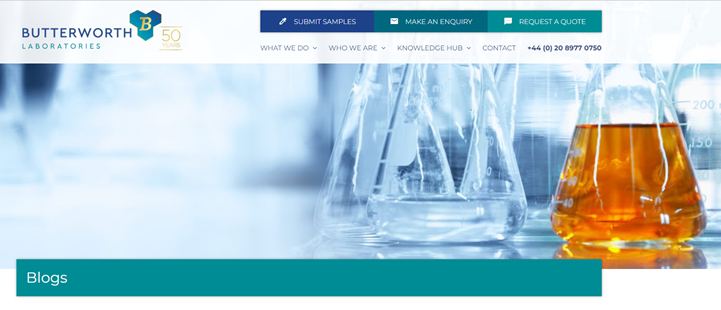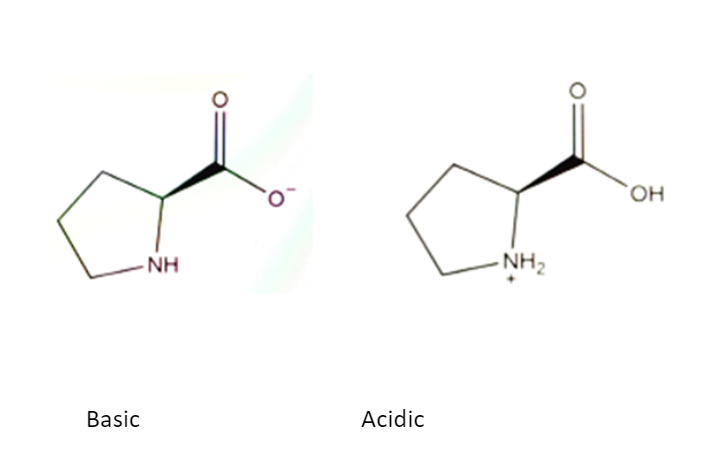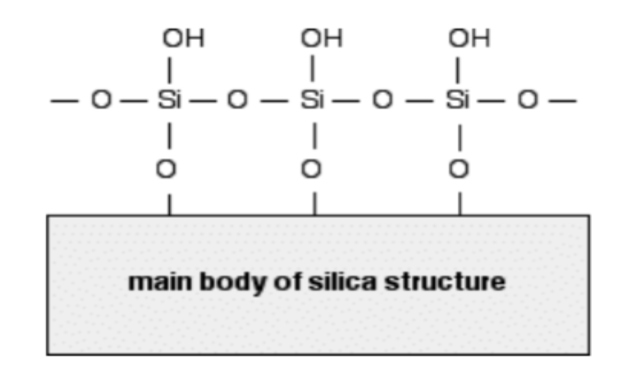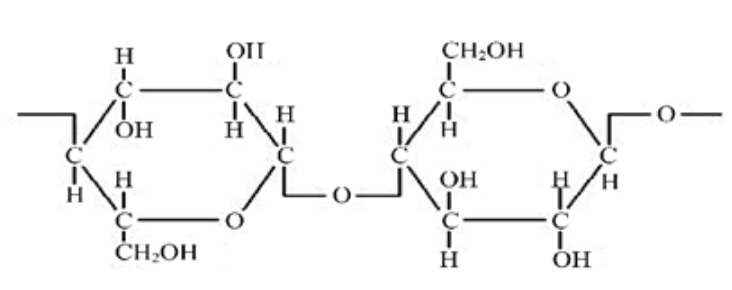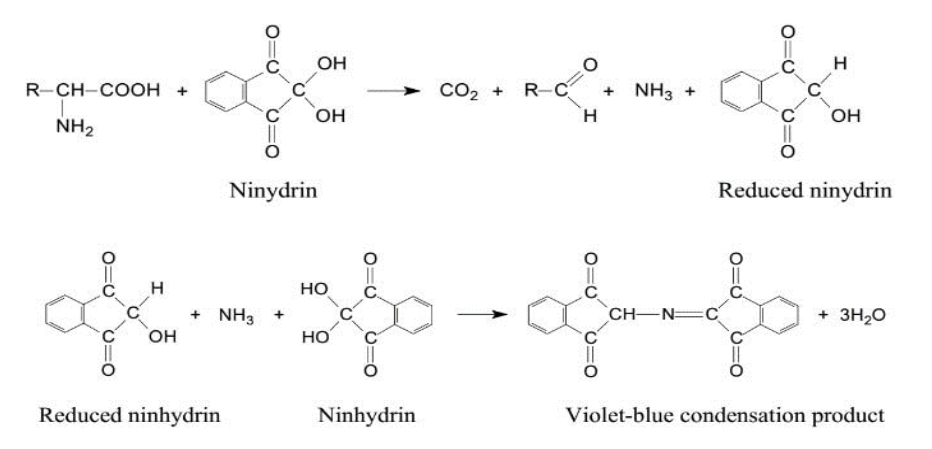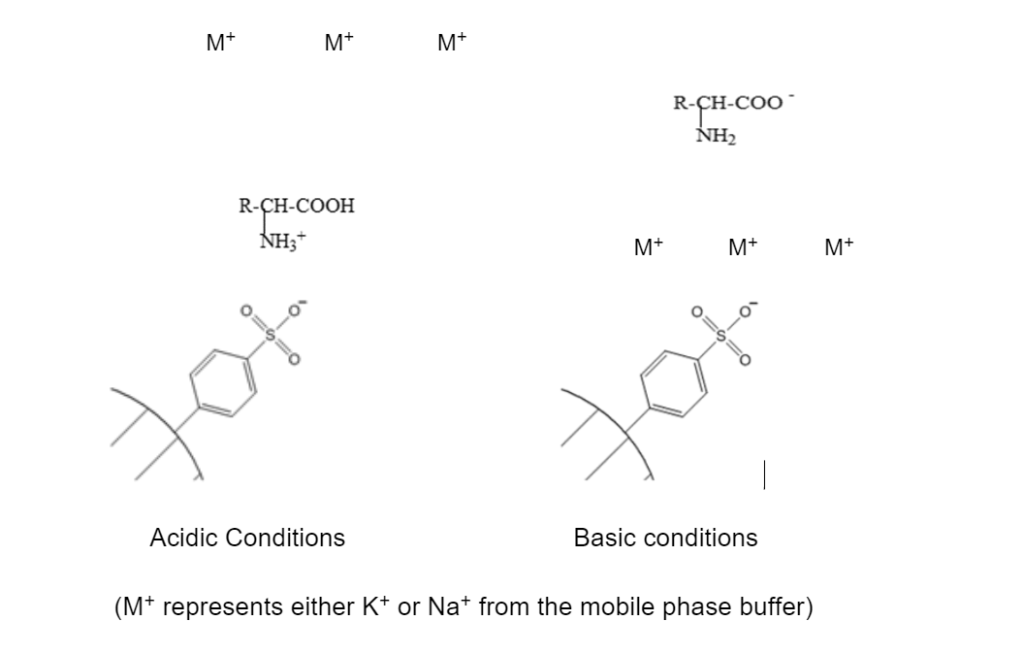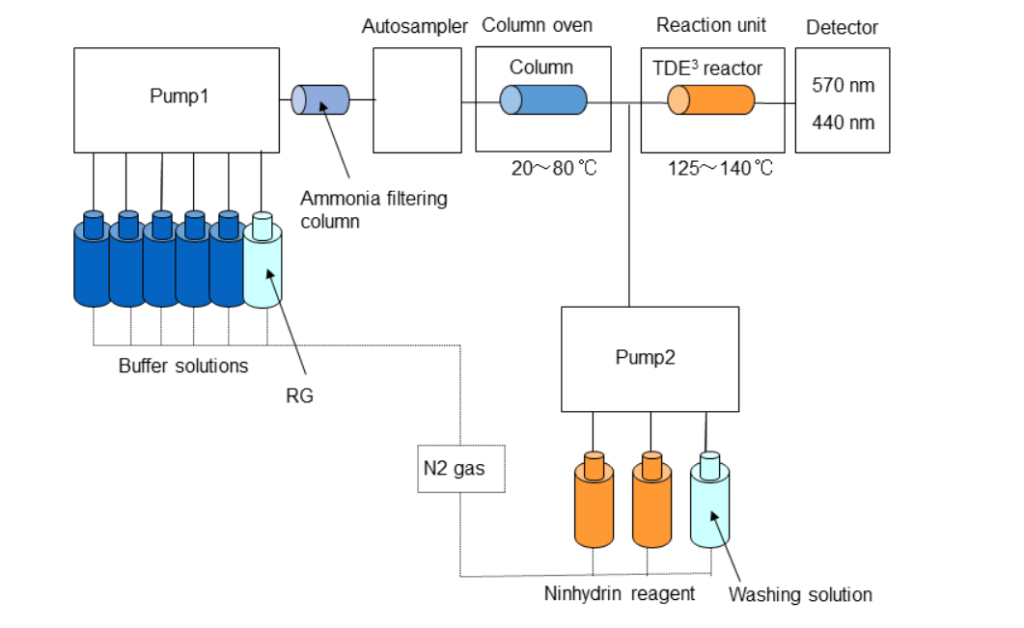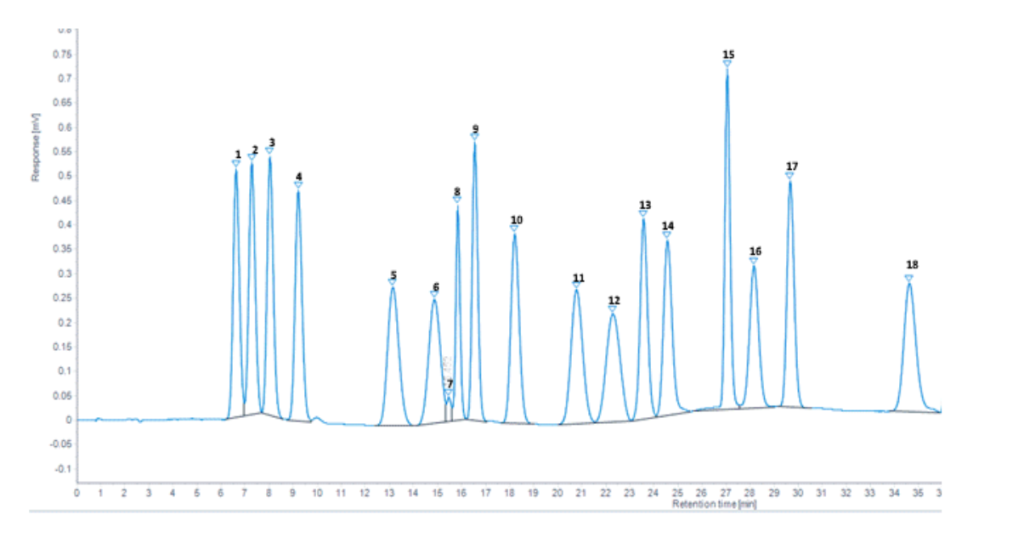At Butterworth Laboratories, we prioritise our employees’ mental health and well-being. As such, we are happy to support Mental Health Awareness Week. As a company, we’ve established a dedicated program to train mental health first aiders who can provide support to individuals facing mental health challenges.
Currently, we have 7 members of staff who have attended the St John’s Ambulance training to qualify as Mental Health First Aiders, where they learn to recognise warning signs of mental ill health and develop the skills and confidence to approach and support someone while keeping themselves safe.







